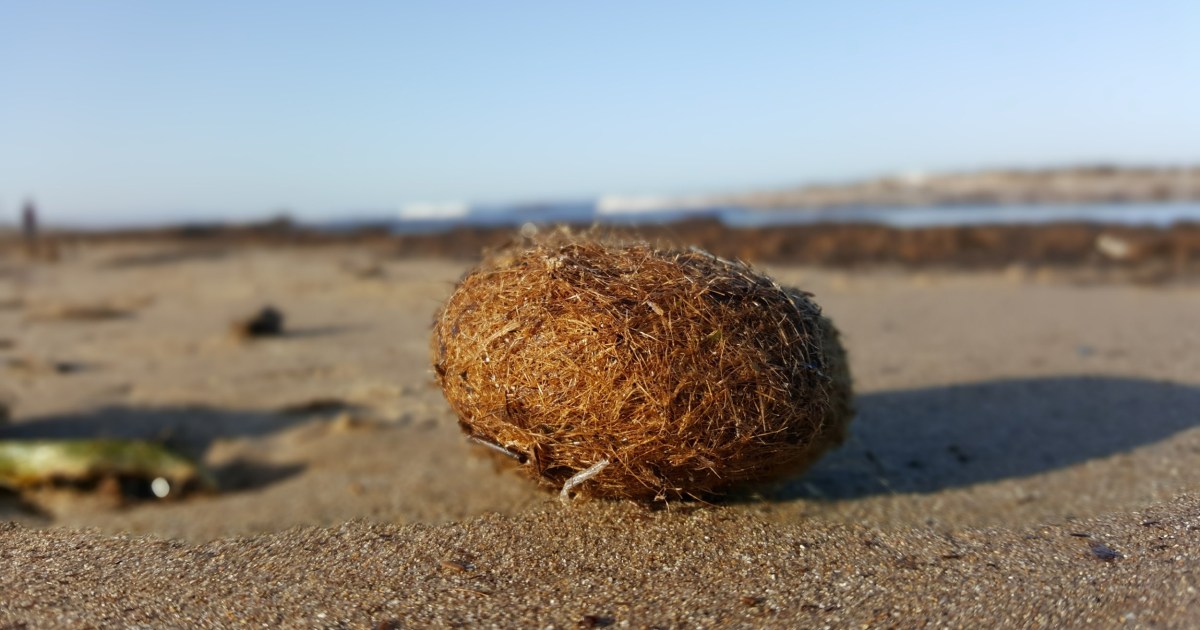Click to see more
Back
Next
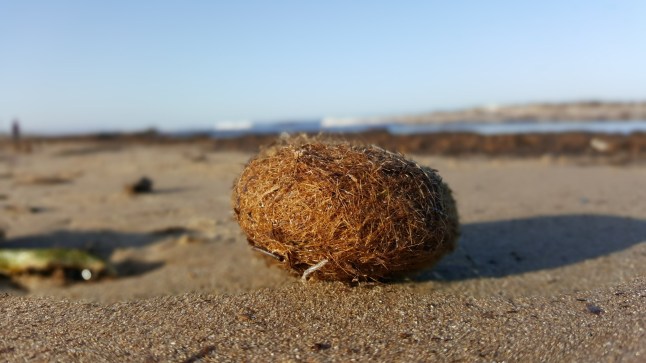
A lot of strange things come from the ocean. And for centuries, people by the Mediterranean Sea have seen bundles of ‘Neptune balls’ appear – or otherwise known as Posidonia oceanica seagrass. However, they probably didn’t realise that one day these balls would be collecting microplastic from the ocean by washing the waters of roughly 900 million plastic fragments annually (Picture: Shutterstock / NataliK1101)
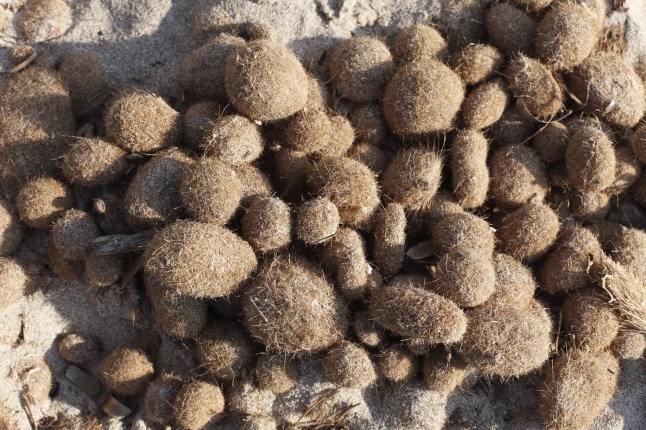
Neptune balls are known to be anti-bacterial and anti-fungal, and have also had a life as building insulation and in various commercial applications. But according to study, published in the journal Nature, the seagrass has become invaluable as a natural filter, washing our water of plastics as it acts as a sort of sink (Picture: imageBROKER/ Shutterstock)
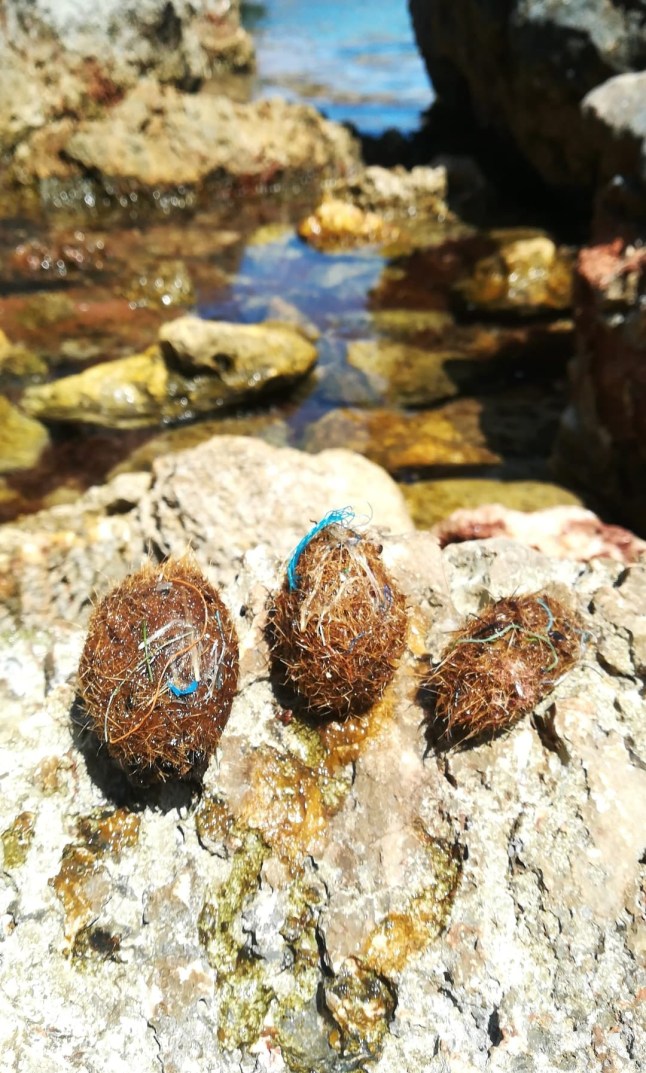
The authors said: ‘There is strong evidence that the seafloor constitutes a final sink for plastics from land sources. There is also evidence that part of the plastics lying on the shallow seafloor are washed up back to the shoreline.’ Sea grass trap plastic debris with its natural lignocellulosic fibers, and then eject them so they wash up on shores as balls, helping to ‘counteract marine plastic pollution’ (Picture: Getty Images)
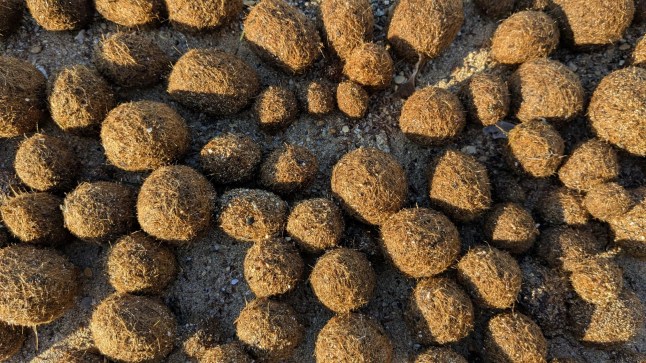
Posidonia oceanica creates an underwater meadow that can grow on rocky or sandy bottoms, and helps clean water more than 130 feet below the water’s surface. The plant can create a structure that can form shoots all year round. The structures can grab pollutants, usually from river water as it flows into the Mediterranean and then traps them. The shoots break away from the plant and form balls that find their way to shore, and bring with them whatever they grabbed (Picture: Shutterstock / Pat Moore)
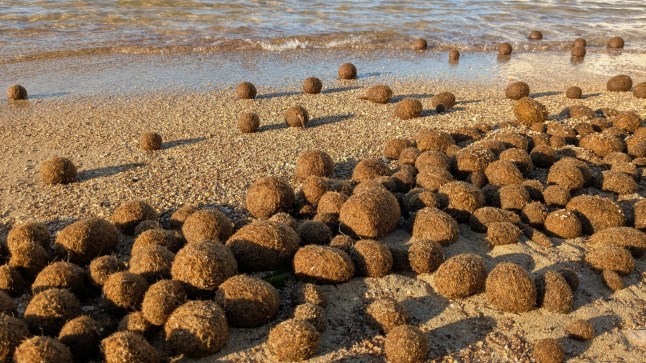
The study looked at balls of seagrass found on Mallorca, Spain, and revealed that while only 17% of the Neptune balls contained microplastics, the ones that did collect it had it in high quantities (tighter balls were more likely to have grabbed plastic). Some of the plastics found that sometimes the balls contained sanitary towels, tampons and wet wipes. Overall, up to 1,470 plastic items per kilogram of plant material were trapped in Neptune balls (Picture: Shutterstock / Pat Moore)
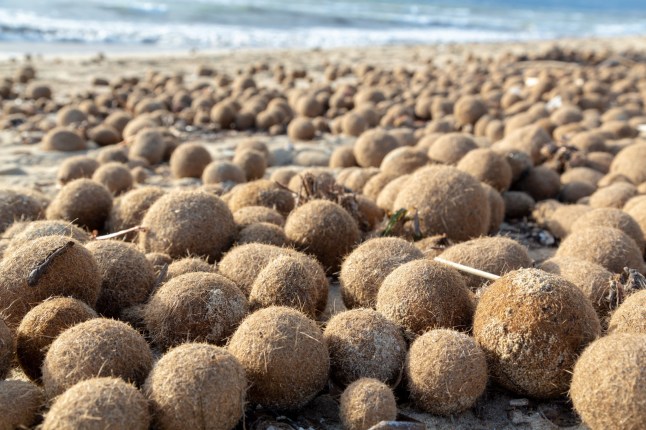
The balls also capture carbon, trapping pollutants and locking them away from the atmosphere. This means they may be good for the environment while sitting on beaches, adding humidity and nutrients to the soil, and they are also loaded with plastic that would be otherwise in the sea. The BBC reports that each year between 1.15 and 2.41 million tonnes of plastic flows from rivers to the sea (Picture: Shutterstock / The Art of Pics)
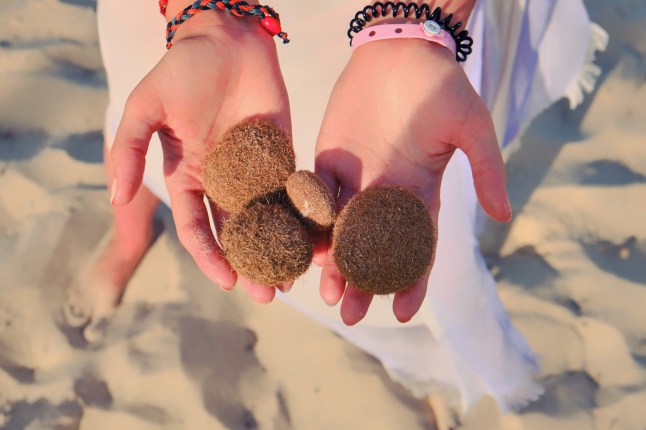
Dr Anna Sanchez-Vidal, lead study of the Barcelona study told the BBC: ‘We say it’s a way of the sea returning the trash to us that was never meant to be on the seafloor.’ However, she emphasises this is not a solution for the oceans plastic problem. She added: ‘We’ve never seen them as a remediation, or as a way to clean the trash from the sea’ (Picture: Shutterstock / Pedal to the Stock)
Back Back
Start
Start
Next
Next
News Updates
Stay on top of the headlines with daily email updates.
